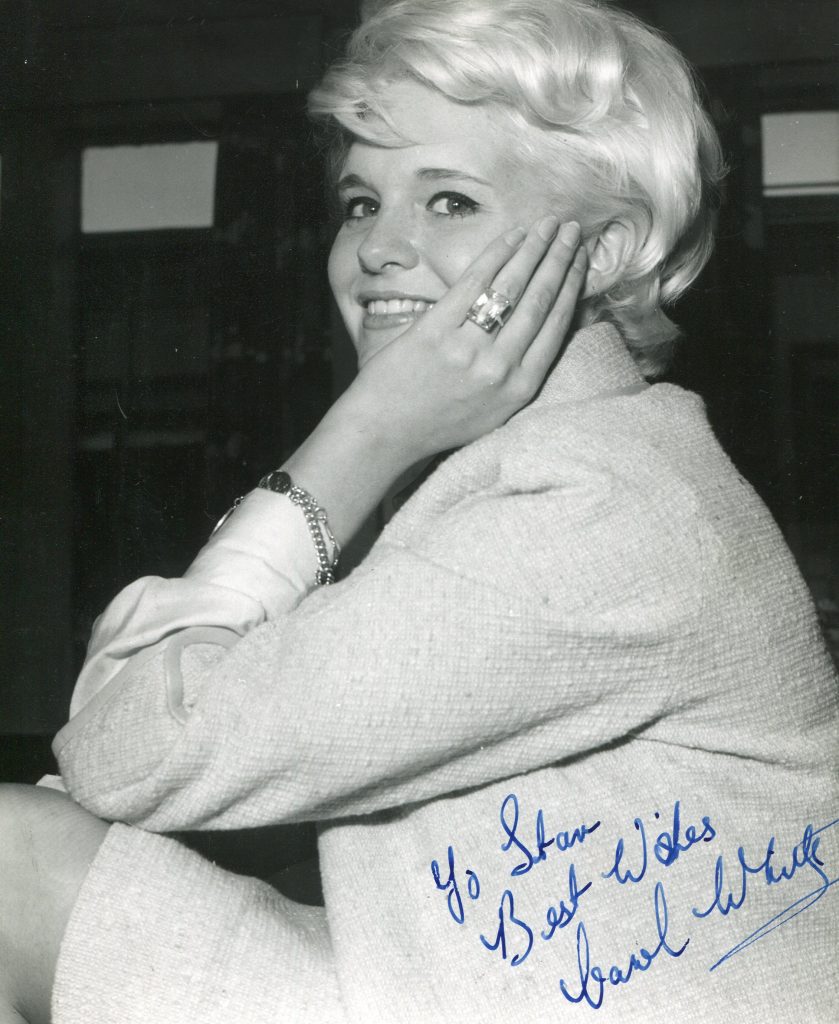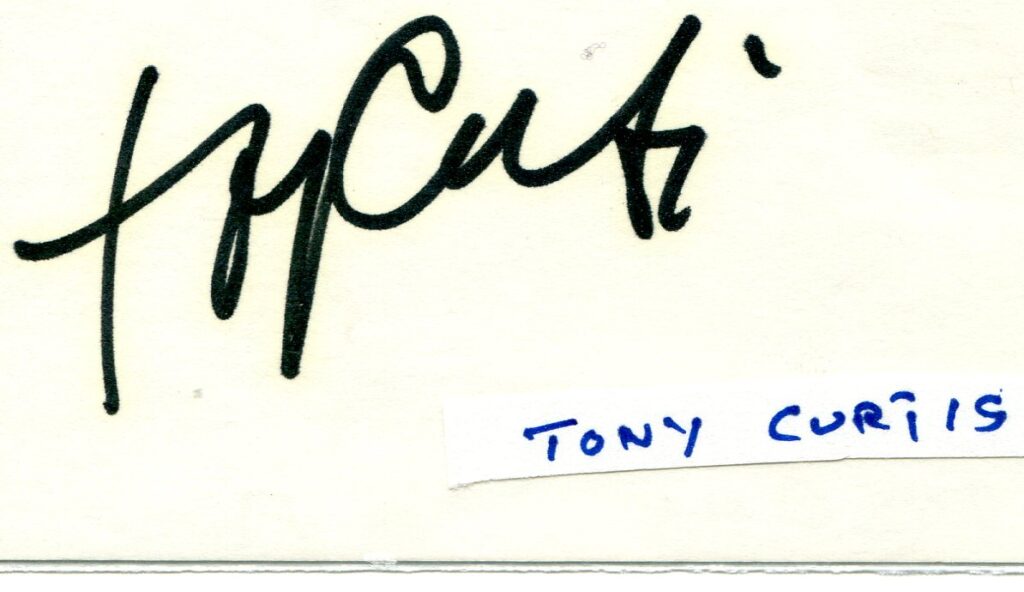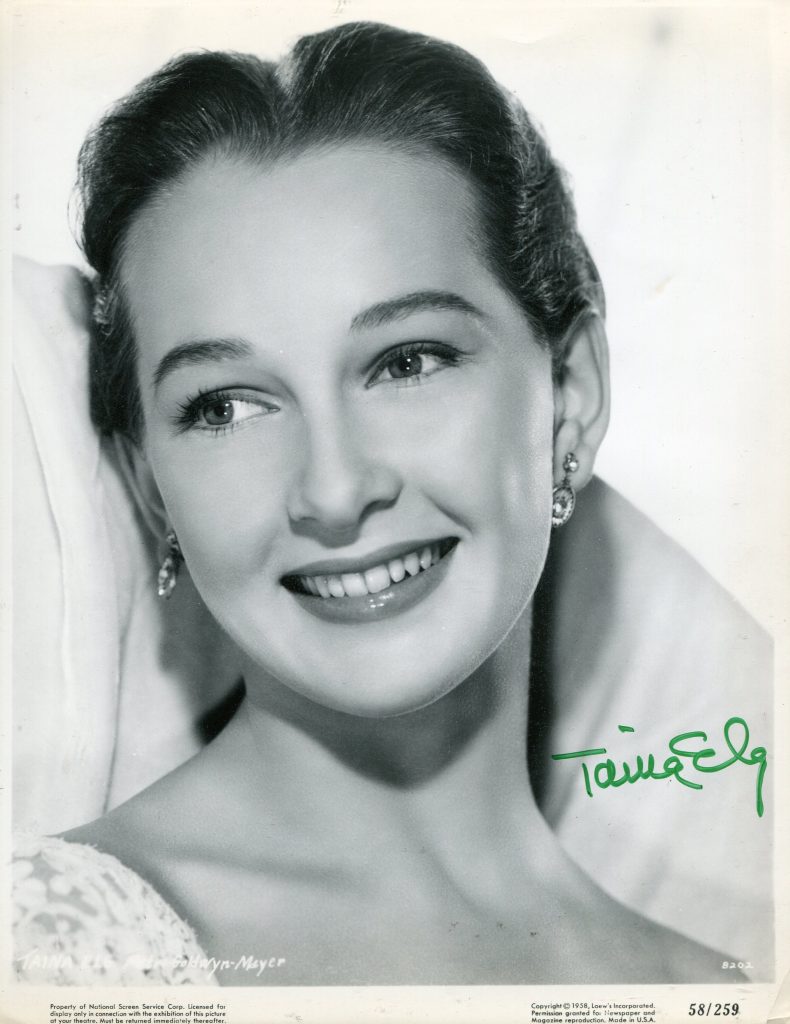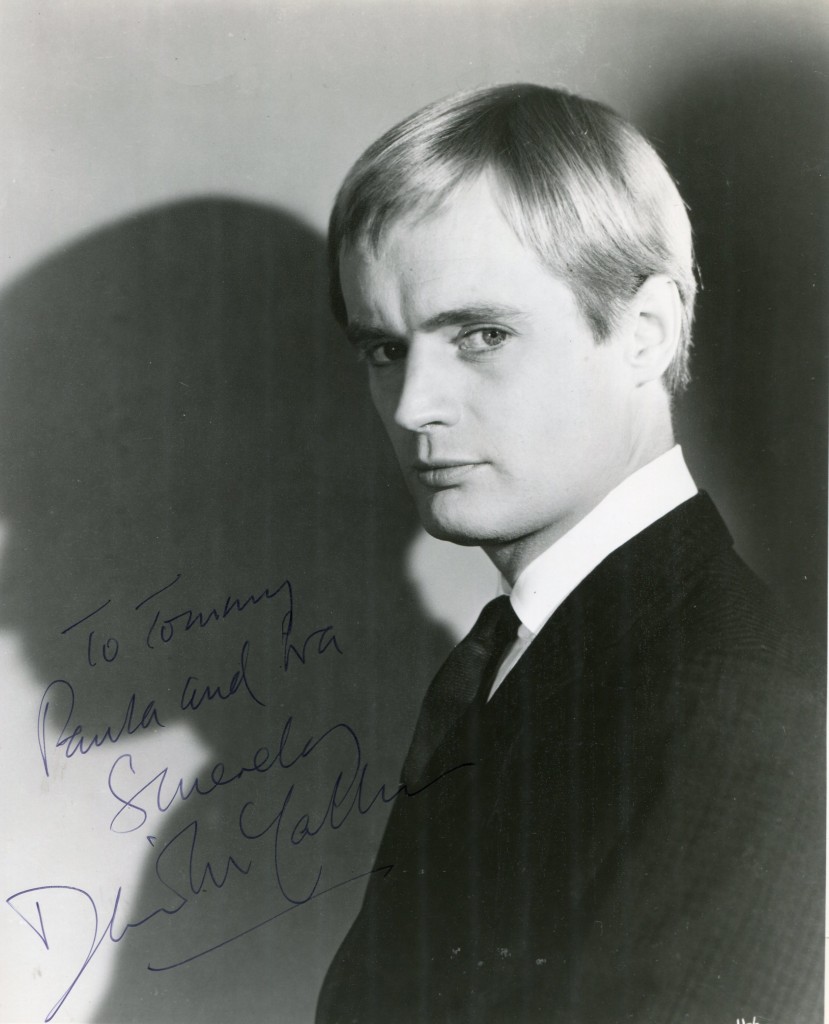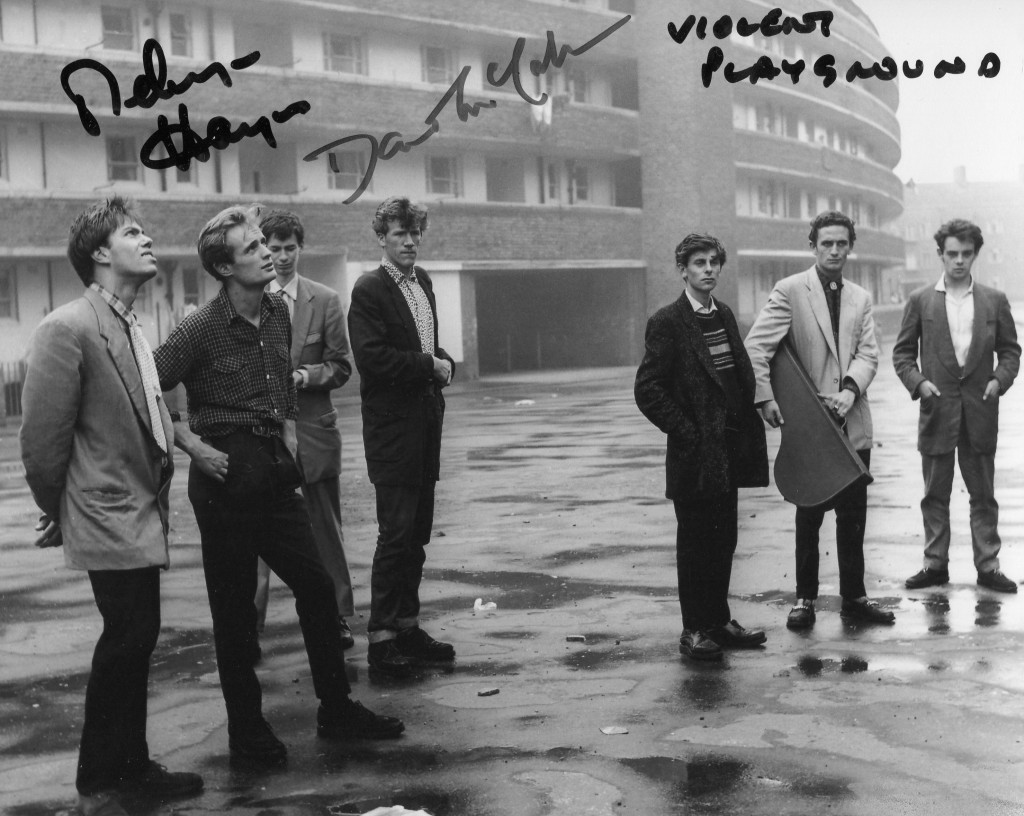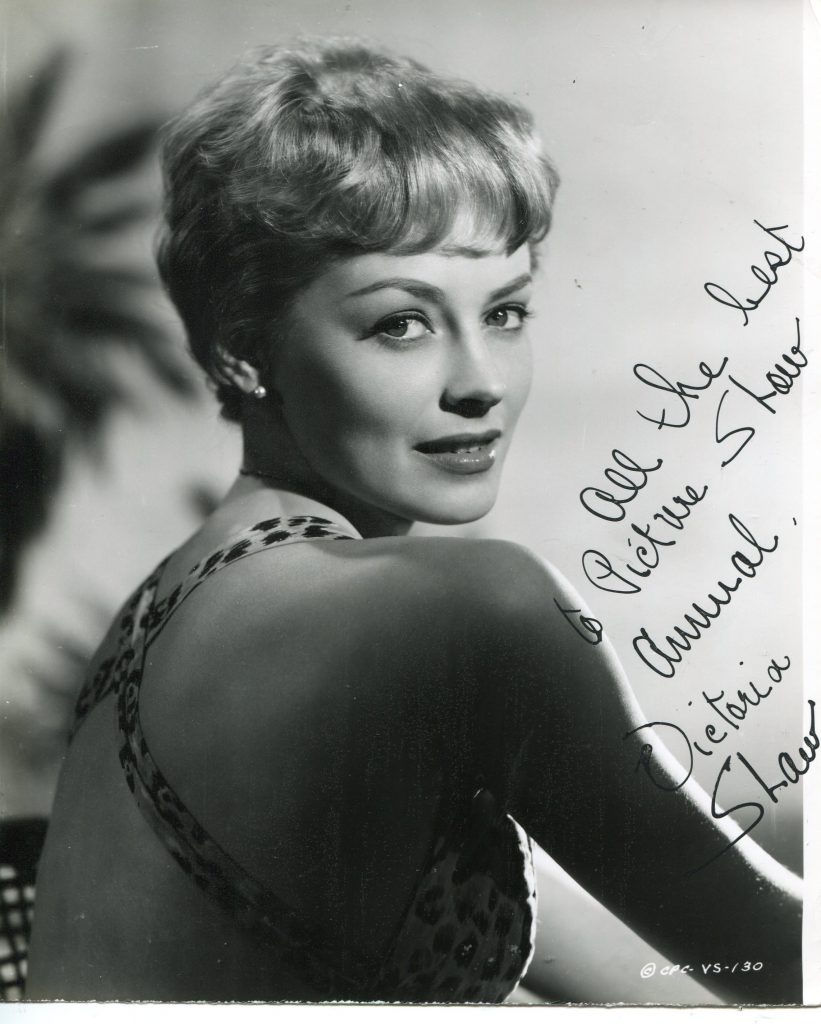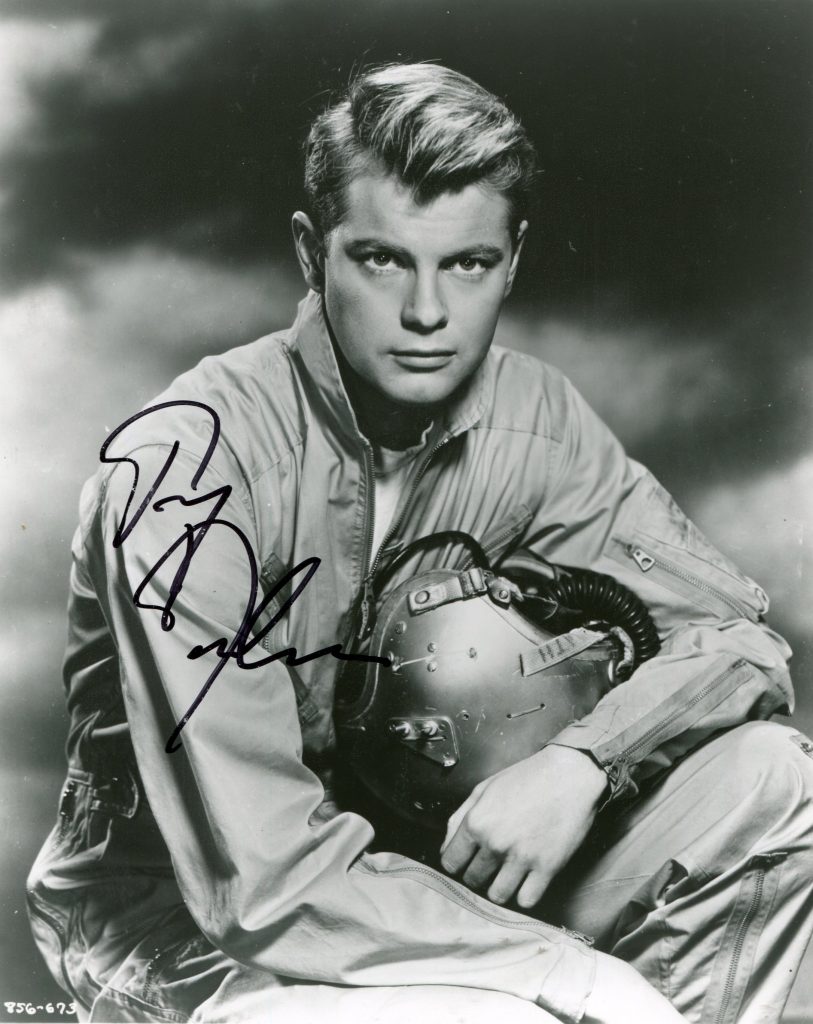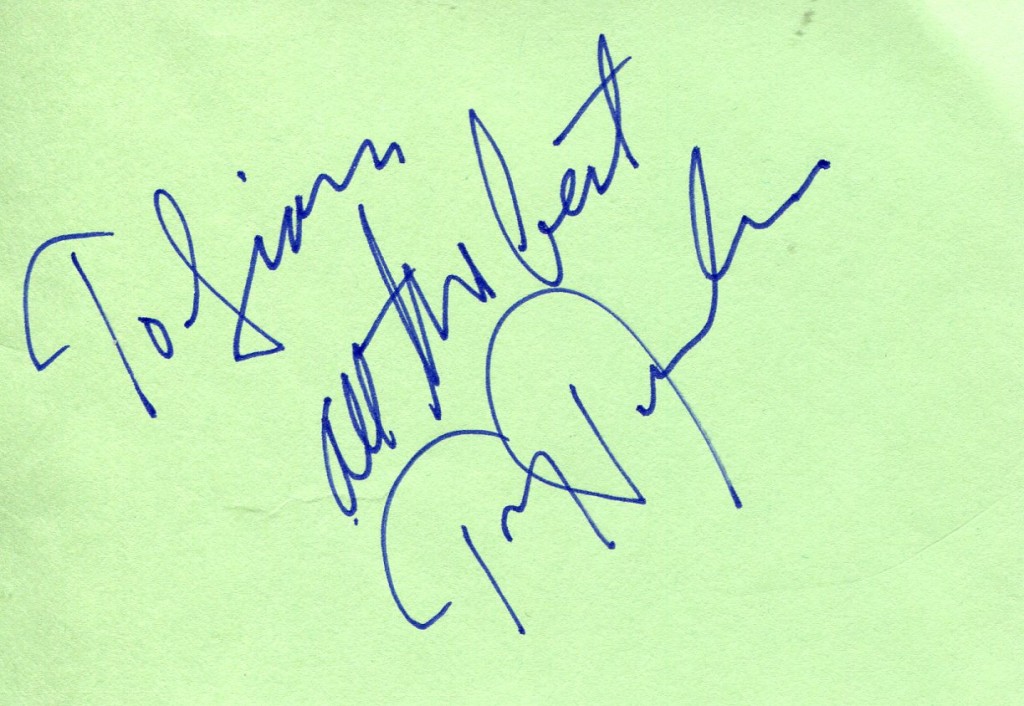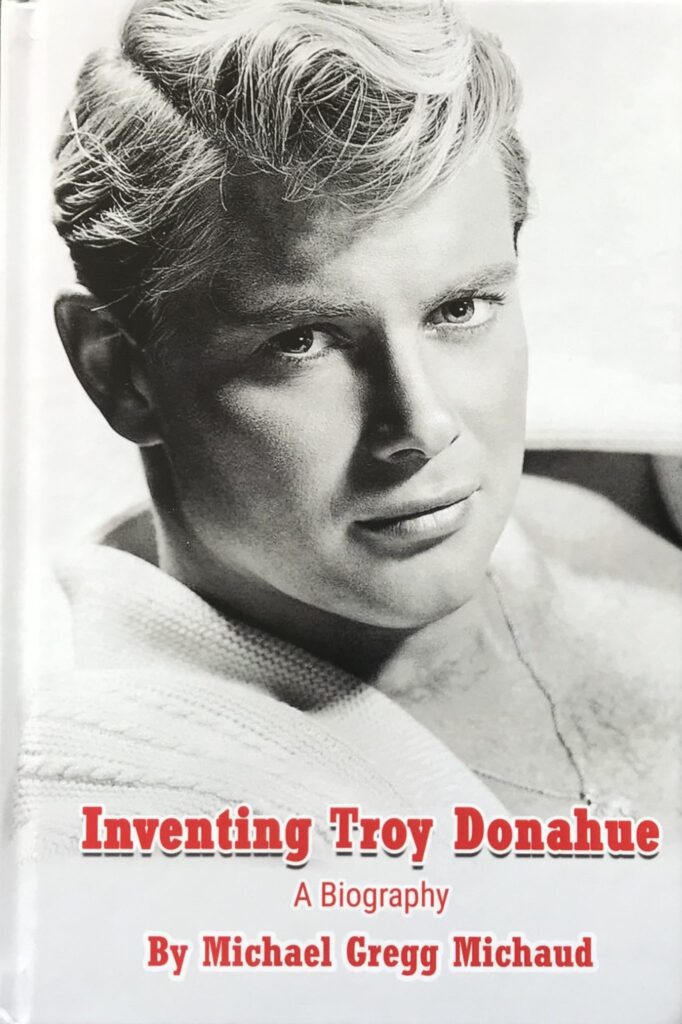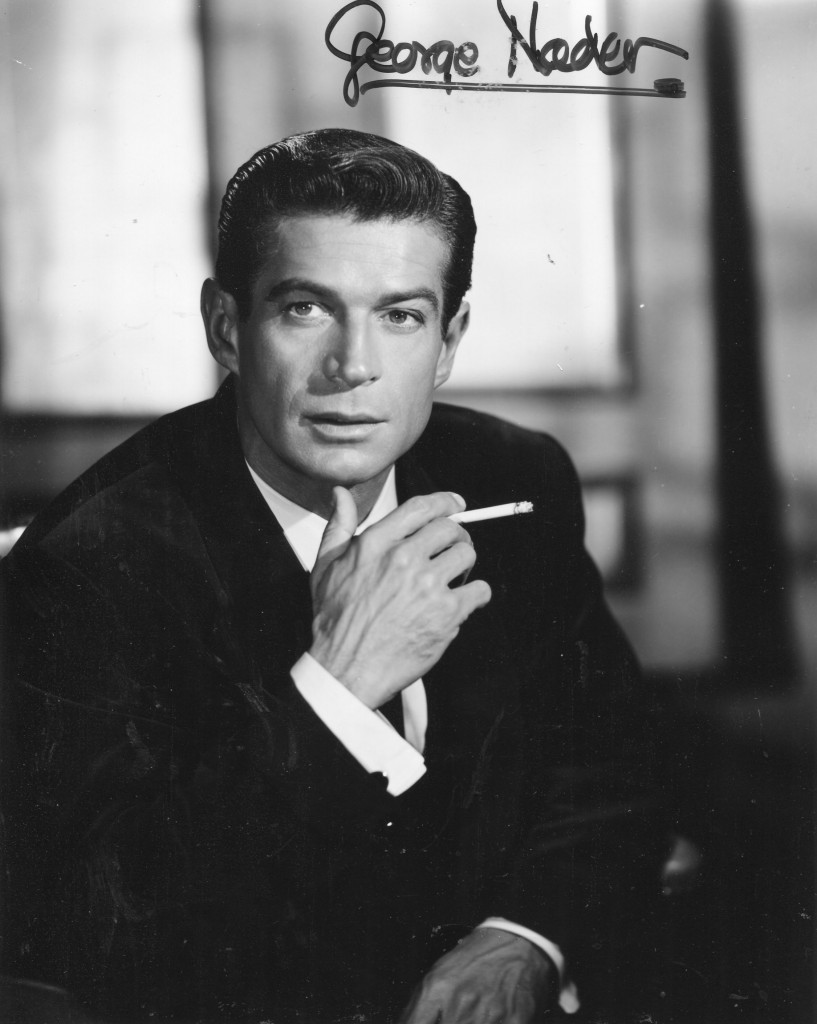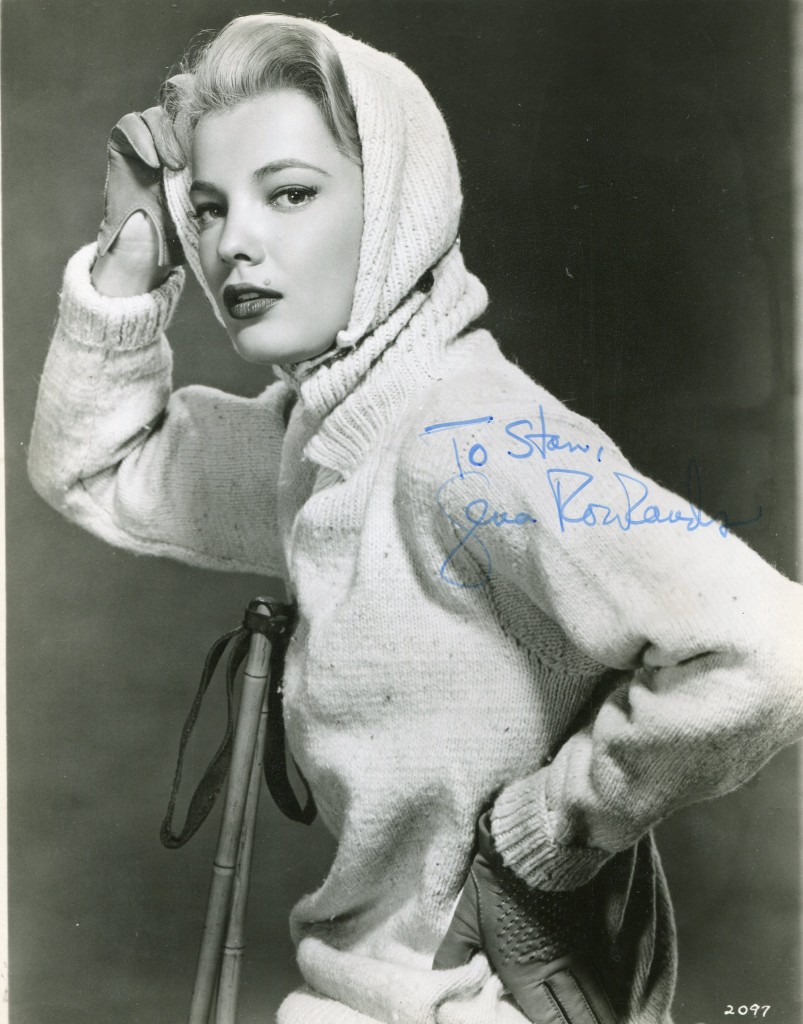
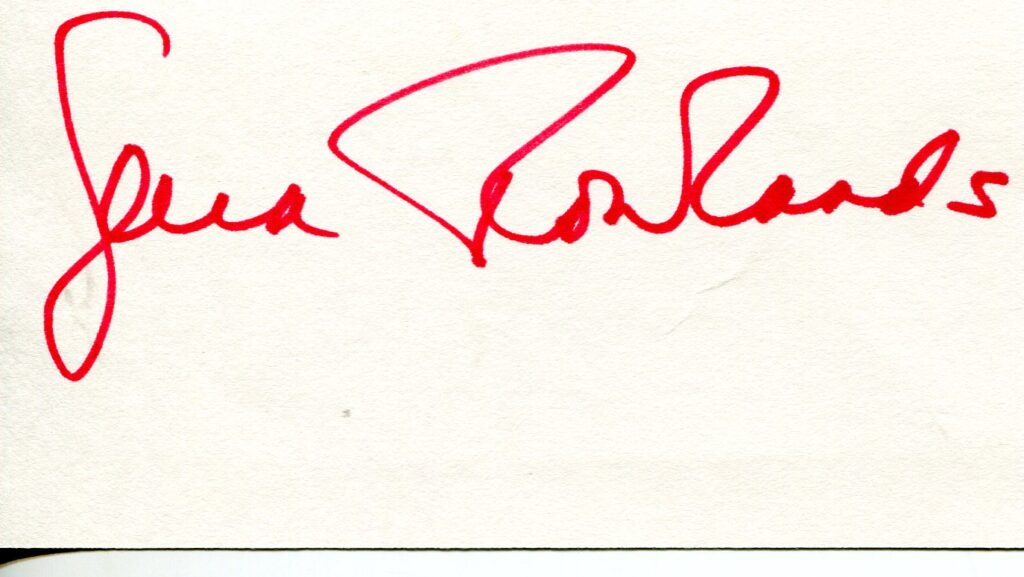
Gena Rowlands was born in 1930 is an American actress, whose career in film, stage, and television has spanned over six decades. A four-time Emmy and two-time Golden Globe winner, she is known for her collaborations with her late actor-director husband John Cassavetes in ten films, including A Woman Under the Influence (1974) and Gloria (1980), which earned her nominations for the Academy Award for Best Actress. She also won the Silver Bear for Best Actress for Opening Night (1977). In November 2015, Rowlands received an Honorary Academy Award in recognition of her unique screen performances.
Rowlands was born on June 19, 1930, in Madison, Wisconsin. Her mother, Mary Allen (Neal), was a housewife who later worked as an actress under the stage name Lady Rowlands.. Her father, Edwin Myrwyn Rowlands, was a banker and state legislator. He was a member of the Wisconsin Progressive Party, and was of Welsh descent. She had a brother, David Rowlands.
Her family moved to Washington, D.C., in 1939, when Edwin was appointed to a position in the United States Department of Agriculture; moved to Milwaukee, Wisconsin, in 1942, when he was appointed as branch manager of the Office of Price Administration; and later moved to Minneapolis, Minnesota. From 1947–50, she attended the University of Wisconsin, where she was a popular student already renowned for her beauty. While in college, she was a member of Kappa Kappa Gamma. She left for New York City to study drama at the American Academy of Dramatic Arts.
In the early 1950s, Rowlands performed with repertory theatre companies and at the Provincetown Playhouse. She made her Broadway debut in The Seven Year Itch and toured in a national production of the play. Rowlands costarred with Paul Stewart in the 26-episode syndicated TV series Top Secret (1954–55), and she guest starred on such anthology television series as Robert Montgomery Presents, Appointment with Adventure, Kraft Television Theatre, and Studio One (1955). In 1956, she starred in Middle of the Night opposite Edward G. Robinson. She appeared alongside her husband John Cassavetes on an episode (“Fly Baby, Fly”) of the 1959–60 NBC detective series Johnny Staccato. She also appeared on an episode of the NBC western series, Riverboat, starring Darren McGavin, and the ABC adventure series, The Islanders, set in the South Pacific. Also in 1959, Rowlands appeared in the Western series Laramie episode titled “Run to Tumavaca”. Rowlands made her film debut in The High Cost of Loving in 1958.
In 1961–62, she starred in David Miller’s “Lonely are the Brave”, with Kirk Douglas and Walter Mathau and Carroll O’Connor. She starred as Jerri Bondi, the wife of Paul Bondi, (Michael Kane) but still deeply caring for ex-lover, cowboy Jack Burns, (Kirk Douglas) in a fantastically moving performance. In that same season, she appeared on ABC‘s Target: The Corruptors!, starring Stephen McNally. She also guest starred in CBS‘s The Lloyd Bridges Show and ABC’s Breaking Point. In 1963, she guest-starred in an episode on the NBC western series, Bonanza, Laramie and The Virginian, and “The Lonely Hours”, “Murder Case” and “Ride The Nightmare” on CBS’s The Alfred Hitchcock Hour. In 1967, she was cast as socialite Adrienne Van Leyden in the prime time ABC soap opera Peyton Place.
Rowlands and Cassavetes made ten films together: A Child Is Waiting (1963), Faces (1968), Machine Gun McCain (1969), Minnie and Moskowitz (1971), A Woman Under the Influence (1974; nomination for Academy Award for Best Actress), Two-Minute Warning (1976), Opening Night (1977), Gloria (1980; nomination for Academy Award for Best Actress), Tempest (1982), and Love Streams (1984).
According to Boston University film scholar Ray Carney, Rowlands sought to suppress an early version of Cassavetes’ first film, Shadows, that Carney says he rediscovered after decades of searching.[12] Rowlands also became involved in the screenings of Husbands and Love Streams, according to Carney. The UCLA Film and Television Archive mounted a restoration of Husbands, as it was pruned down (without Cassavetes’ consent, and in violation of his contract) by Columbia Pictures several months after its release, in an attempt to restore as much of the removed content as possible. At Rowlands’ request, UCLA created an alternative print with almost ten minutes of content edited out, as Rowlands felt that these scenes were in poor taste. The alternative print is the only one that has been made available for rental.
In 1985, Rowlands played the mother in the critically acclaimed made-for-TV movie An Early Frost. She won an Emmy for her portrayal of former First Lady of the United States Betty Ford in the 1987 made-for-TV movie The Betty Ford Story.
In 1988, Rowlands starred in Woody Allen‘s dramatic film Another Woman. She played Marion Post, a middle-aged professor who is prompted to a journey of self-discovery when she overhears the therapy sessions of another woman (Mia Farrow). The review in Time Out described the character’s trajectory: “Marion gets to thinking, and is appalled to realise that so many assumptions about her own life and marriage are largely unfounded: in her desire for a controlled existence, she has evaded the emotional truth about relationships with her best friend (Sandy Dennis), brother (Harris Yulin) and husband (Ian Holm).” Time Out praised the “marvellous” performances in the film, adding, “Rowlands’ perfectly pitched approach to a demanding role is particularly stunning.” Film4 called her performance “sublime”, while Roger Ebert noted that it marked a considerable change in tone from her work with Cassavetes, thus showing “how good an actress Rowlands has been all along.”
In 2002, Rowlands appeared in Mira Nair‘s HBO movie Hysterical Blindness, for which she won her third Emmy. She was later seen in The Notebook (2004), which was directed by her son Nick Cassavetes. The same year, she won her first Daytime Emmy for her role as Mrs. Evelyn Ritchie in The Incredible Mrs. Ritchie. In 2005, she appeared opposite Kate Hudson, Peter Sarsgaard, and John Hurt in the gothic thriller The Skeleton Key.
In 2003, she appeared as Mrs. Hellman in Numb3rs. She played a Nazi survivor whose whole family was killed. The family owned a painting that the Nazis confiscated. Later on the painting reappeared. The new owner lent the painting to an art gallery in Los Angeles but while on display it was stolen. The F.B.I. agent, played by Don Eppes, tries to figure out what really happened. Rowlands received rave reviews for this role. She has been a spokesperson for people who were persecuted by the Nazis so this role was a perfect match for her.
In 2007, she played a supporting role opposite Parker Posey and Melvil Poupaud in Broken English, an independent American feature written and directed by her daughter Zoe Cassavetes. In 2009, she appeared on an episode of Monk (“Mr. Monk and the Lady Next Door”). On March 2, 2010, she appeared on an episode of NCIS as lead character Leroy Jethro Gibbs‘s former mother-in-law, who is embroiled in a murder investigation.[citation needed] In 2014, she starred in the film adaptation of Six Dance Lessons in Six Weeks.
Rowlands was married to John Cassavetes from April 9, 1954, until his death on February 3, 1989. They met at the American Academy at Carnegie Hall where they were both students. They had three children, all actor-directors: Nick, Alexandra, and Zoe. Rowlands married retired businessman Robert Forrest in 2012.
Rowlands has stated that she was a fan of actress Bette Davis while growing up. She played Davis’s daughter in Strangers.
Rowlands has been nominated for two Academy Awards, eight Primetime Emmy Awards, one Daytime Emmy Award, eight Golden Globe Awards, three Satellite Awards, and two SAG Awards. Some of her notable wins are a Silver Bear for Best Actress, three Primetime Emmy Awards and one Daytime Emmy Award, two Golden Globe Awards, two National Board of Review Awards, and two Satellite Awards.
In January 2015, Rowlands was presented with a lifetime achievement award by the Los Angeles Film Critics Association.At the 2015 Governors Awards, she received an Honorary Academy Award. The press release described Rowland as “an original talent” whose “devotion to her craft has earned her worldwide recognition as an independent film icon”.
Guardian obituary in 2024
Gena Rowlands, who has died aged 94, was in the tradition of formidable performers such as Bette Davis and Joan Crawford yet, unlike them, she always remained an actor rather than a star. She was, said the critic Kent Jones, “finally a little too weird for superstardom”.
She did her most fearless work as part of an informal repertory company (also including Peter Falk, Ben Gazzara and Seymour Cassel) in a string of dense, demanding and highly charged films by her husband, the devoutly independent director John Cassavetes, who favoured rawness and improvisation but scorned compromise. The most comparatively gentle of their collaborations was Minnie and Moskowitz (1971), in which she and Cassel gave what the critic Roger Ebert called “performances so beautiful you can hardly believe it” as mismatched lovers.
Their characters were based loosely on Rowlands and Cassavetes themselves, right down to her penchant for wearing sunglasses at night and his dishevelled appearance.
In A Woman Under the Influence (1974), arguably the couple’s joint masterpiece, Rowlands combined scalding intensity with unflinching vulnerability as Mabel, a wife and mother whose mental health is fast degrading, opposite Falk as her uncomprehending husband. Jones described her performance as “an imaginative feat”, characterised by “her abstracted turns of the head and hands, her overemphatic emotional responses, her violent attempts to eradicate potentially threatening impulses”. It earned her the first of two Oscar nominations.
Opening Night (1977) was an extended, Bergman-esque character study of Myrtle, an actor contending simultaneously with the death of a fan, her own fears that she is over-the-hill, and a sudden loss of faith in her own talent. Now highly regarded, it was panned on its initial US release and played to near-empty cinemas, though Rowlands was rewarded for yet another blistering performance with the best actress prize at the Berlin film festival.
In Cassavetes’s most commercial film, Gloria (1980), she was dynamic as a gun-toting former showgirl protecting a young boy from the mob. The role only came her way after Barbra Streisand turned it down on the basis that it was “too maternal” and “not glamorous enough”. But it brought Rowlands a second Oscar nomination and catered perfectly to her knack for lacing tenderness with grit.
It was precisely that combination to which she responded in her screen idol, Marlene Dietrich. “Rowlands was fascinated with Dietrich’s blend of feminine sexual allure and almost masculine toughness and swagger,” wrote Cassavetes’s biographer, Ray Carney, who noted that she even “adopted a few of Dietrich’s gestures and mannerisms” after becoming obsessed with The Blue Angel while working as a cinema usher in 1950
She was born in Madison, Wisconsin, the daughter of Mary Ellen (nee Neal), an artist and actor, and Edwin Rowlands, a banker and politician, and was something of a sickly child. When her father was appointed, in 1939, to the US department of agriculture, the family moved to Washington DC; they later moved back to Wisconsin, then to Minnesota
Rowlands studied English at the University of Wisconsin, but her deep desire to become an actor led her to abandon her studies and depart for the American Academy of Dramatic Arts in New York, with her parents’ blessing. It was there that she met Cassavetes, whom she married in 1954. “It was a hard struggle to convince Gena,” he said. “We agree in taste on absolutely nothing.”
As Carney pointed out, he was “the fast-talking, street-smart city boy. Rowlands was socially smooth and refined; Cassavetes rough-hewn, impulsive, passionate and driven. She cared what people thought; he didn’t. She was cool, poised, charming; he was half-crazy, hot-blooded and Mediterranean. Sparks flew.”
She began her career in repertory and summer stock and was spotted in a production at Provincetown Playhouse, Cape Cod (where she also worked as a wardrobe mistress), which led to her being cast as the Mistress of Ceremonies in All About Love at the Versailles Nightclub theatre in New York in 1951. During a period of unemployment, she wrote storylines for the Crime Does Not Pay comic books (“I could tell you what any three-time loser got for assault and battery in any prison in the country”) before first appearing on Broadway as the understudy for the lead in The Seven Year Itch, later taking over the role and touring with it.
She appeared in Dangerous Corner off-Broadway in 1953 and, two years later, was in The Great Gatsby, part of the Robert Montgomery Presents series, on television. After starring opposite Edward G Robinson in Middle of the Night on Broadway in 1956, she signed to MGM and appeared with José Ferrer in her first film, The High Cost of Loving (1958) – although sadly she was not noticed, since it flopped badly (“I think maybe 50 people saw it,” she said).
She insisted that “I wasn’t planning to go into pictures at all,” yet film and television were to take over her career. She played a small, albeit leading, role opposite Kirk Douglas in the fine Lonely Are the Brave (1962), which remained one of her favourites, and was then directed by Cassavetes in A Child Is Waiting (1963). She had made a brief appearance in her husband’s debut, Shadows (1958), an independent production that broke all the rules of film-making
It was made for a tiny budget with a borrowed camera, with no prospect of being widely shown, yet became a critical and commercial success. Faces (1968), in which Rowlands played a sex worker, equally took the world by storm.
Her performances for Cassavetes are glorious and Rowlands probably never exceeded their power. He directed her in his penultimate film, Love Streams (1984), which reunited her and Cassel, Minnie and Moskovitz themselves, this time as a former couple, now divorced and disillusioned.
The central relationship, though, is between her and Cassavetes, who plays her brother. “Cassavetes and Rowlands, sharing the screen for the last time, edge their performances into tragicomic slapstick,” wrote the critic Dennis Lim. As Jones put it: “Theirs would be one of the cinema’s greatest and most complex on-screen love affairs, if not for the simple fact that it plumbs so much deeper than mere infatuation.”
Their final collaboration came in 1987, two years before Cassavetes’s death from cirrhosis of the liver, when he directed Rowlands and Carol Kane in his play A Woman of Mystery at the Court theatre in Los Angeles. In an otherwise unimpressed review, the LA Times singled out Rowlands, who played a woman going up in the world, as “a strong presence … the feeling is that of a valiant woman who will keep going until she comes to a better place”.
Rowlands made a wealth of other work. She played the mother trying to do right by her children in Paul Schrader’s underrated Light of Day (1987) and the lead in Woody Allen’s Another Woman (1988), which took her away from the more physically extroverted Cassavetes roles. In Allen’s film, in which she portrayed a character who has consistently repressed her emotions, her lovely, shoulder-length blond hair was tied back and darkened. Unfairly, the film was a critical failure and Rowlands’s extraordinary performance was rather overlooked in favour of Gene Hackman’s brief appearances.
Her co-star in Jim Jarmusch’s Night on Earth (1991), Winona Ryder, said that the way Rowlands lit a cigarette was the best argument for smoking that she had ever seen. Rowlands was cast as an ageing smalltime cabaret singer in Terence Davies’s The Neon Bible (1995). She insisted that “I can’t sing, I can’t hit all the notes”, but for Davies that was what made her so moving.
She was directed by her son Nick in Unhook the Stars (1996), co-starring Gérard Depardieu, and also took parts in Nick’s later films She’s So Lovely (1997), which had a screenplay by John Cassavetes, the weepie The Notebook(2004) and the unconventional Yellow (2012).
In 2006, she wrote the screenplay for and appeared in a segment, directed by Depardieu and Frédéric Auburtin, of the omnibus film Paris, Je T’Aime. The story of a couple who meet for drinks the night before they sign their divorce papers, it co-starred Gazzara. In 2007 she had a supporting role in Broken English, written and directed by her daughter Zoe, and in 2008 provided a voice for the animated film Persepolis.
Olive (2011), in which Rowlands played Tess, was the first full-length film shot entirely on a smartphone. In 2014, she and Frank Langella played a couple facing biological weapons attack in Parts Per Billion; and she and Cheyenne Jackson were a teacher and pupil forming a friendship through dance in Six Dance Lessons in Six Weeks.
Throughout her career, Rowlands consistently took roles on television, including in live productions of the 1950s. She appeared in series such as Laramie (1959), Alfred Hitchcock Presents (1960), 87th Precinct (1961-62), The Virginian (1963), Bonanza (1963), Dr Kildare (1964) and then Peyton Place (1967-68), which she considered “really fun. They offered me a real ‘Joan Crawford’ bad lady … I came in and married old Mr Peyton and took all the money. I loved it and did it until my unfortunate demise of falling down the grand staircase.”
Rowlands observed: “You have to hand it to television – strangely enough it takes on much more dangerous subjects than movies.” Her TV films included An Early Frost (1985), in which she played the mother of an Aids victim. She won Emmys for her performances in The Betty Ford Story (1987), as the US first lady; Face of a Stranger (1991); Mira Nair’s Hysterical Blindness (2002), which reunited her with Gazzara; and The Incredible Mrs Ritchie (2003), a somewhat dull affair produced by her son to which she lent characteristic gravitas.
In 2009, she was seen in an episode of the TV series Monk, and in 2010 was in NCIS. Two years later she married Robert Forrest, a former businessman.
In 2015 she was awarded an honorary Oscar. Earlier this year, Nick announced that she had been suffering for some years from Alzheimer’s disease.
Rowlands is survived by her three children, Nick, Zoe and Alexandra.
Gena (Virginia Cathryn) Rowlands, actor, born 19 June 1930; died 14 August 2024

